Recently I reflected on the golden age of retail in downtown Dayton, tracing the history of Rike’s, Elder-Beerman, and other popular downtown department and specialty stores. Today the environment is much different, with many local businesses struggling to survive and only a handful of smaller retail outlets remaining downtown.
Over the latter half of the 20th century, downtown declined massively in its share of retail within the region largely due the growth of outlying suburban areas and their brand-new shopping centers. As a result, major efforts were made to reinvigorate the city center in order to compete with the suburbs, but in most cases these had unintended consequences and made the problems even worse.
Dayton’s Suburban Growth and Retail
The 1960s was the key decade for these population and retail shifts. The City of Dayton reached its peak of 262,332 people in 1960, but declined for the first time throughout the decade and had lost about 7.5% of its population by 1970. At the same time, the population of Montgomery County increased by 15%.
The suburbs of Kettering, Vandalia, and Huber Heights were all incorporated from 1956-60, and they grew significantly over the decade (“Huber Heights jumped from 1,921 to 12,022 residents, Vandalia 6,342 to 10,796, and Kettering 38,118 to 54,462”). Also, Fairborn in Greene County experienced a 65.9% increase of its own.
And with the exodus of residents from city to suburbs, many new retail options opened up to cater to them closer to their new homes. Overall, “from 1950 to 1958, ten shopping centers were built in Dayton’s suburbs, with more than 150 stores and 10,000 parking spaces.”
The issue is sometimes framed as downtown boosters competing against suburban developers, but suburban retail growth involved many of the same players as the big names downtown. Arthur Beerman, for one, had a real estate arm which “began acquiring and developing neighborhood strip shopping centers in anticipation of the suburban exodus.”
Beerman brought Dayton its very first shopping mall back in the late 1940s when he “built McCook’s on Keowee Street, northeast of downtown. He later built three additional malls: Northtown (ca. 1950), Eastown (1954) and Westown (1956).”
Another major early shopping center was Town & Country Shopping Center which opened in 1951 on East Stroop Road in what would turn into the heart of Kettering. In 1956, J.C. Penney moved there from downtown Dayton.
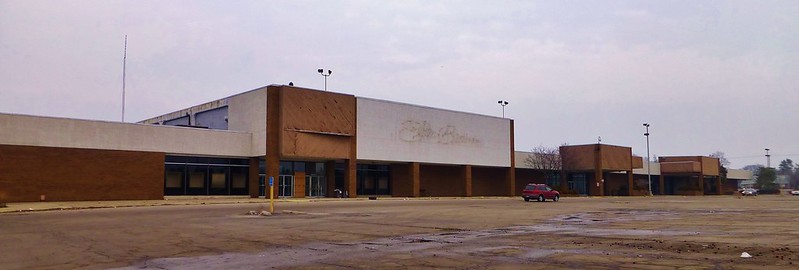
And even bigger shopping malls would follow, with the Salem Mall opening in 1966 and the Dayton Mall in 1970.
Rike’s, the other downtown department store staple of the 20th century, was also active in building suburban stores. One opened in 1961 at the shopping center at Dorothy Lane and Woodman in Kettering.
And Rike’s was an original tenant of the Salem Mall and soon after it opened a store at the Dayton Mall as well.
One account explains that in the 1960s, “suburban shopping malls developed into the preferred destination for middle and upper-class shoppers.” And during the following decade, “young suburbanites created a strong mall culture that would further pull shoppers from downtown into the suburbs.”
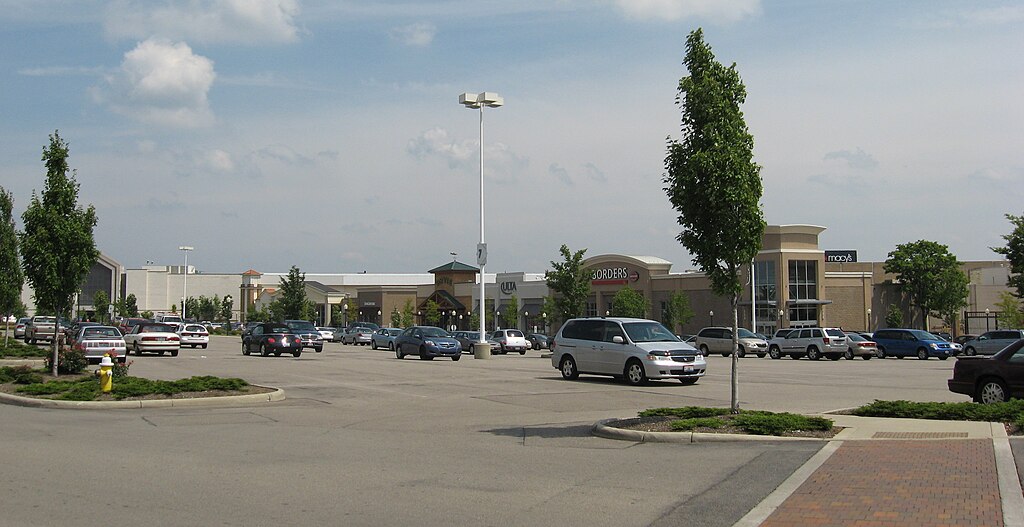
A Beerman employee once reflected that “downtown customers are different from suburban customers,” saying “I know all of the customers” downtown, and “downtown customers want YOU to know what they want” (DDN 10/1/76). But despite this increased familiarity, those customers would continue to decline in numbers with every passing year.
A very thorough analysis of downtown retail states that by 1960, some five and dime stores as well as Spiegel’s at Main and 6th had closed, but “Main still seemed pretty solid.” But worries began to creep up by the middle of the decade, “mostly about declining peripheral areas.”
The merger of Elder-Johnson’s and Beerman’s caused the department store at 4th and Main to close, and by 1975, “Main Street south of 4th as done as a retail site” but “there were still some strong blocks” particularly in between 3rd and 4th and 1st and 2nd. But by that point much more drastic structural changes were already underway.
Deindustrialization, Urban Renewal, and “Bad Planning”
Suburbanization and growth in outlying areas don’t tell the full story of this downtown retail decline. For one, the exodus was not just due to residents simply preferring to relocate to a quiet suburb. Dayton’s deindustrialization of the 1970s led to the losses of thousands of jobs with workers who lived near downtown and did most of their shopping there.
National Cash Register (NCR), for one, went from about 20,000 well-paid workers to less than 2,000, also creating a cascading effect estimated to have resulted in 30,000 jobs lost when factoring in businesses that relied on NCR employees. GM also cut 8,000 Frigidaire jobs in 1979, a figure that “was estimated to be closer to 16,000, as other businesses failed and cut their budgets in response to the lack of customers.”
Also, as a response to the proliferation of suburban shopping malls, Dayton (as well as just about every American city) embarked on a variety of large-scale urban renewal projects in the central business district. The idea was that to help downtowns “compete with the rise of suburban malls, efforts were made to try and construct similar facilities in urban downtowns.”
Two huge urban renewal projects in the early to mid-1970s greatly altered the downtown landscape, and that coupled with other building replacements of various scales not only removed dozens of existing retail businesses, but created streets that would not be conducive to street-level shopping ever again.
The first site, initially known as the Mid-Town Mart project, removed two blocks of the east side of Main Street from 4th to 6th, and eventually became Dave Hall Plaza, the convention center, and hotel, which replaced a huge section of the southeast quadrant of downtown, an area which “was becoming problematic” by then.
Then the entire block on the west side of Main from 2nd to 3rd (aside from the Old Courthouse) was cleared for the Courthouse Square project.
Although it was described as a “somewhat weak retail block,” it still entailed the loss of “a collection of stores, a bank, and the DP&L Building.” The retail analysis bluntly states that the design “was almost a textbook case of what Jane Jacobs was talking about when she discussed planners looking at blocks instead of streets … No excuse for this. Restaurants came and went in a hole in the square (what were they thinking when they designed this?)”
Then around 1980, the final retail remaining on the block at 3rd and Main was replaced by the Gem City Savings Building (later PNC Building) designed by I.M. Pei, removing the prominent Callahan Building and “a fairly rich collection of retail action to the north.”
Farther north, the Biltmore Hotel had closed, “removing an anchor for the northern part of Main, as the Biltmore had a number of little street level shops.” And to the south, the Kuhn’s Building at 4th and Main was also renovated into new offices, “removing ground level retail and demolishing an adjacent building for a new entry court” And one block away, some of the last commercial spaces around 5th and Main Streets were also knocked down.
The cumulative effect of all these projects led the author of the retail analysis to conclude that “bad planning, urban renewal, and modern design killed Main Street as much as suburban shopping did.”
And when we add in the later stories of the two most prominent department stores that remained, we get a fuller picture of downtown retail in the second half of the 20th century.
Rike’s vs. Elder-Beerman: Expansion, Fierce Competition, and Decline for Former Downtown Retail Titans
The leaders behind Elder-Beerman and Rike’s were still investing in both downtown and the suburbs by the 1970s, but their quest for expansion and their own competition would consume many resources at the same town that downtown’s decline was accelerating.
Rike’s (Rike-Kumler Co) had only stayed independent until 1959 when it joined the Federated Department Stores chain. That year Beerman offered to sell his portfolio of stores to the company, which was turned down by Rike-Kumler and Federated. In 1961 Beerman Stores filed an antitrust lawsuit, accusing Rike-Kumler of “trying to smother competition” and create a monopoly, including telling suppliers not to sell to Elder-Beerman or they would stop doing business with them.
A second suit was filed in 1966, and Elder-Beerman was awarded damages but the decision would be reversed on appeal, and sent back to the district court, before an undisclosed out-of-court settlement would finally settle it in 1972. (Beerman died in 1970 and Max Gutmann became president.)
1976 would be a key year for downtown retail. A new downtown Elder-Beerman store with five shopping floors opened as part of the aforementioned Courthouse Square redevelopment. One source said this year was when Elder-Beerman “overtook Rike’s … Rike’s didn’t respond (with downtown remodeling) until Elder-Beerman opened that store. By that time the public started seeing the difference” (DDN 3/6/89).
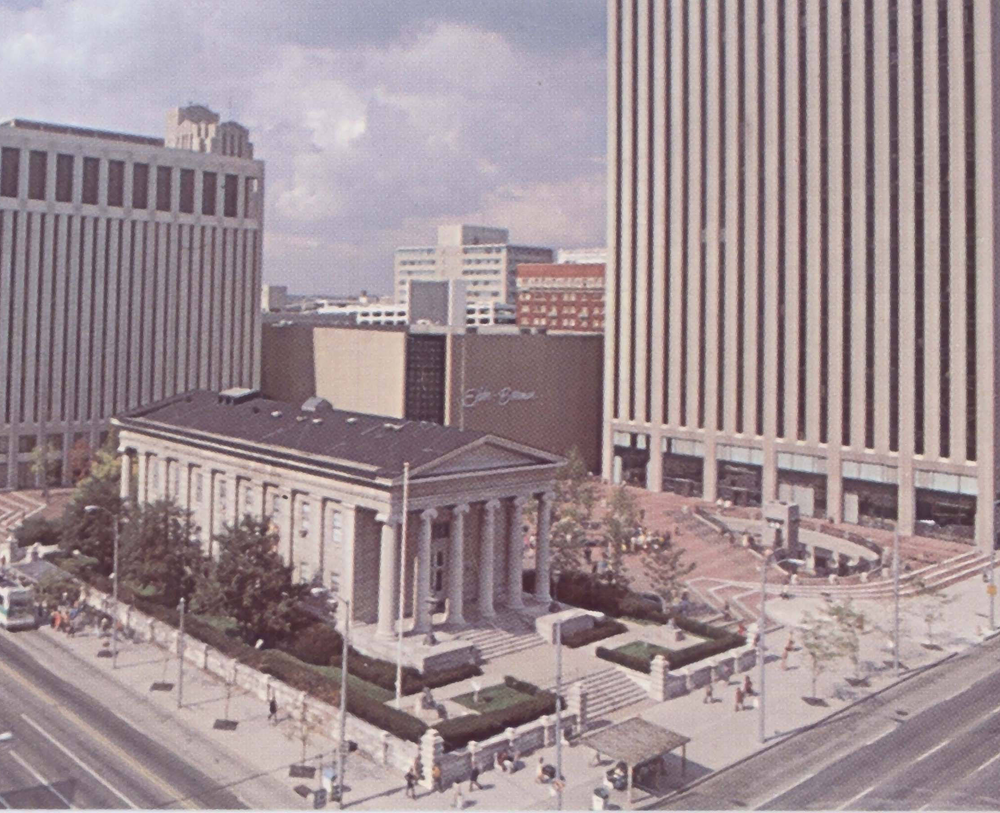
But Elder-Beerman was also significantly increasing its acquisitions of out of town stores, including Mabley & Carew stores in Cincinnati in 1978, Michigan in 1897, and 10 Meis department stores in Indiana, Illinois and Kentucky in 1989. The Fairfield Mall in Beavercreek was its 50th department store when it opened in 1993.
As for Rike’s, in 1982 it would merge with Cincinnati-based Shillito’s to become Shillito-Rike’s. In 1986 it would be merged again with Lazarus, which meant the end of the Rike’s name. With 43 department stores of its own across Ohio and neighboring states, it was still “chief competitor” to Elder-Beerman.
By the late 1980s, the downtown retail scene was starting to look rough for all parties involved. Elder-Beerman and Lazarus (Rike’s) were still downtown staples “but customers and downtown workers wonder if that will continue indefinitely” as “the stores are less busy than in past years due to suburban migration.”
At that time the chief executive of Elder-Beerman Max Gutmann called the downtown store “relatively successful” but he “was not pleased” to see key Courthouse Square tenant Dayton Power and Light Co moving employees from downtown to the suburbs. He also called downtown retail difficult “because it’s largely a noontime business” and said “lunch-hour promotions and special events are needed to fill the store.”
Lazarus officials declined to comment on their downtown prospects at the time: “We feel there is just nothing to say,” said a spokesperson.
At its peak the Rike’s store had nearly a million square feet of floor space across 8 floors, but since the 1970s it had reduced the store size to five sales floors and the basement (DDN 3/11/88).
An article from 1989 discussed Lazarus’s parent company Federated possibly needing to file for bankruptcy. It said the “saddest part” of its woes was the fact that “they are entirely outside the control or even influence of any of the people who work here in Dayton” placing the blame on real-estate developer Robert Campeau who “purchased the Federated chain for a price he could not afford and without the benefit of previous retailing experience” and at that time “scurries about trying to wring enough cash out of his stores to pay the enormous debt he is saddled with. (“Sad Days for the Stores David Rike Created,” DDN 12/17/89).
Lazarus, formerly Rike’s, closed for good in 1992.
Elder-Beerman would hold on for another decade downtown, with plenty of drama along the way.
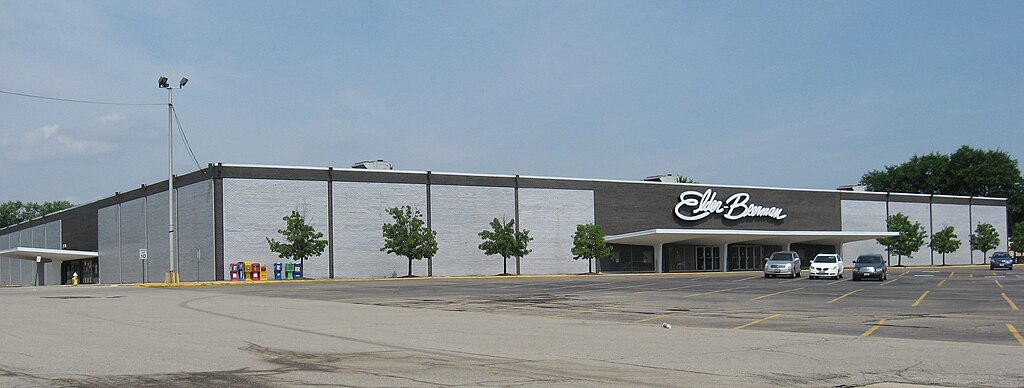
President Milton Hartley resigned in 1995, and the following year it filed a “five-year plan asking court to remain independent” and “for a second extension of time to file (a) reorganization plan.”
1997 brought a new president in Frederick Mershad, an attempted company takeover, and bankruptcy reorganization. After bankruptcy, it became a publicly held company with “rising sales and growing profits” overall, but downtown was a different story.
Finally in 2002, Elder-Beerman closed its Courthouse Square location, which was downtown’s last department store, due a disagreement over the lease.
Over this same period, more smaller-scale retail continued to be removed as well, namely for the “Arcade Tower” (now Fifth Third) at 3rd and Main and the loss of the National Register-listed retail block at 2nd and Main for another large tower (most recently Premier Health) which was built at the same time and far exceeded the demand for office space. The Metropolitan also closed in the 1980s, removing another retail anchor farther north on Main.
The former Rike’s building was imploded in 1999 and was replaced by the Schuster Performing Arts Center, which is undoubtedly a key anchor for downtown, but whose design also drew criticism in the retail analysis, which argued that:
“The Schuster Center pretty much destroys the street at the 2nd & Main corner with yet another uninspired (exterior) design by a famous architect (this time Cesar Pelli). Really, does downtown Dayton need more soft corners and windy plazas? A considerably more successful attempt at a downtown concert hall was the nearby Aranoff Center in Cincinnati, but again this lesson was lost on the local architectural patrons. Citilites restaurant has to resort to signage to draw people into the restaurant, buried in the building. Unlike the restaurants around the Aranoff this was not successful and has converted to limited hours and menu.” (Citilites closed in early 2020 and was replaced by a Starbucks.)

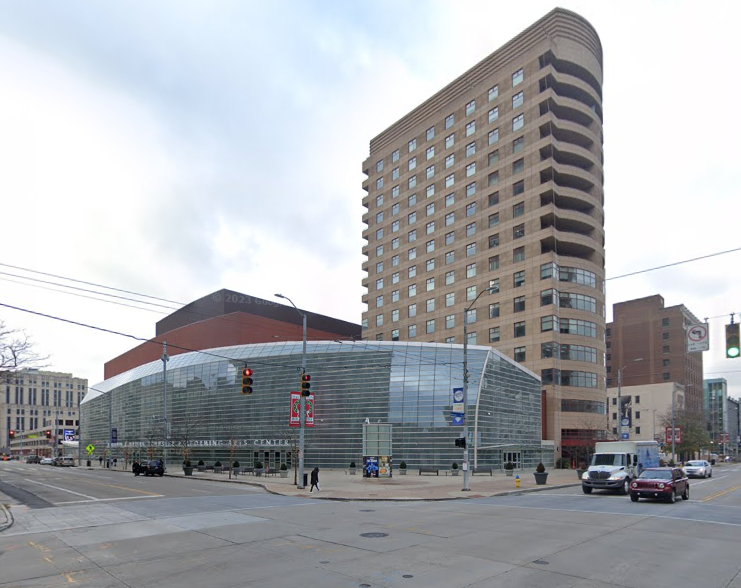
This brings our retail saga into the 21st century, and we haven’t even begun to dig into the issues that arose with the growth of online shopping, radically changing consumer habits and causing all brick and mortar retail to struggle, to say nothing of downtown stores.
In the final installment of this series, I’ll look into the Dayton retail scene over the past few years and how the future looks moving forward.
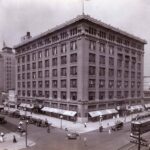
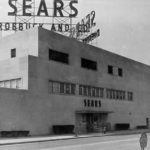
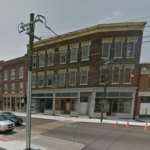
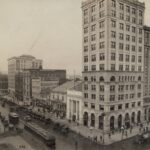
Enjoy your work. One correction: Huber Heights wasn’t incorporated until 1981, not the 1956-1960 period you mentioned. Prior to 1981, it was Wayne Township.
Ah yes thanks for the correction! The source I used was referring to the year when Huber began building the homes there and I see now mistakenly refers to it being incorporated then too.